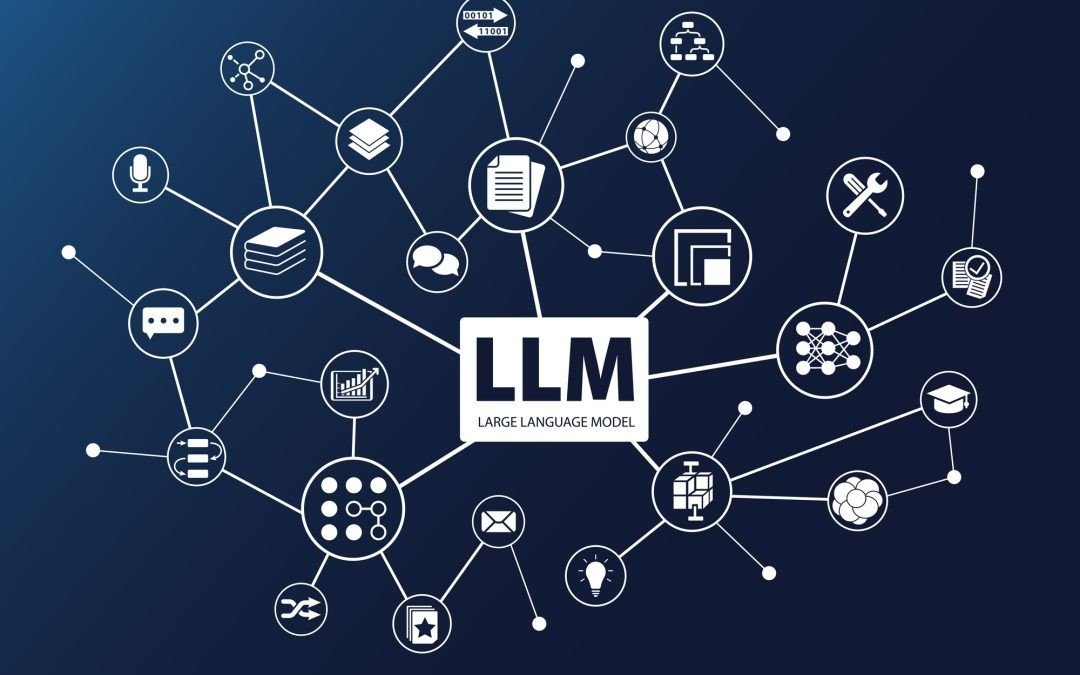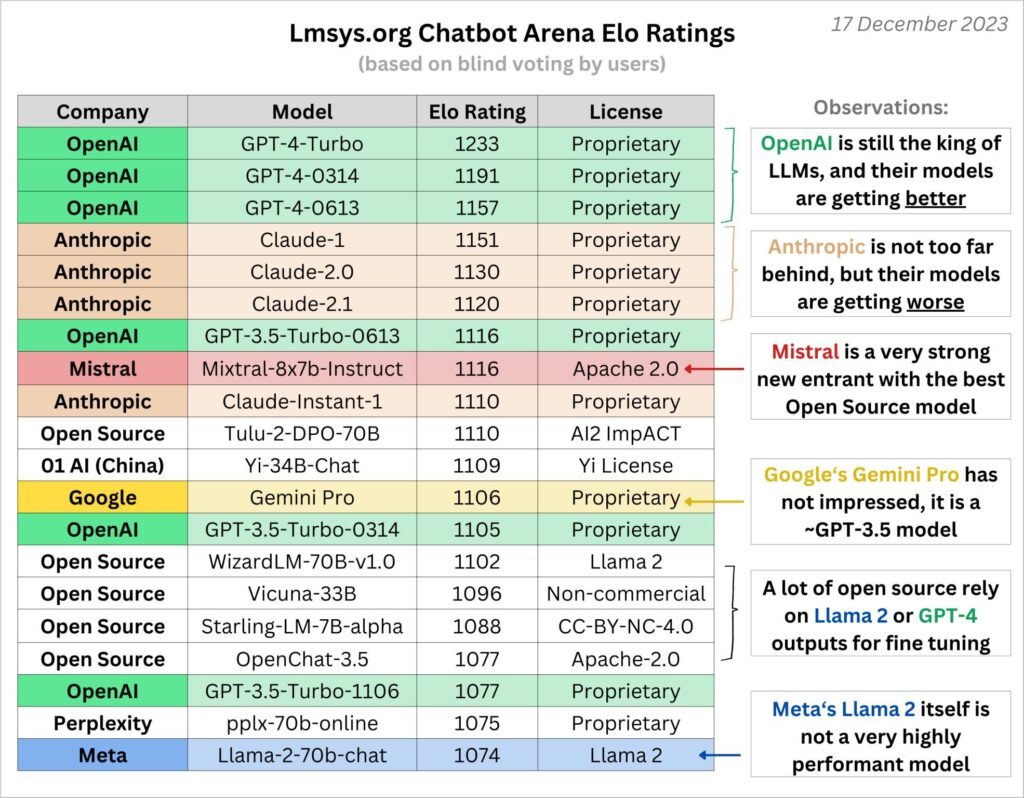
- 18 January 2024
- gendojo.ai
- Artificial Intelligence, Business
–
Navigating the AI Landscape: Beyond OpenAI’s Dominance
In today’s rapidly evolving technological world, AI has become a cornerstone for innovation and efficiency in businesses. However, the AI landscape is vast and varied, and OpenAI, with its popular models like GPT, is just one of many players. This comprehensive guide aims to help you navigate the world of AI and choose the right model for your business needs.
Open Source vs Proprietary AI Models: What’s Best for Your Business?
–
1. Proprietary AI Models:
- Examples: GPT by OpenAI, Claude by Anthropic.
- Advantages: Known for their reliability and ease of deployment, proprietary models offer high performance for a wide range of use-cases. They are particularly suitable for businesses seeking cutting-edge technology without the need to delve deeply into technical intricacies.
- Considerations: These models often come with higher costs and less flexibility in terms of customization and data control.
–
2. Open Source AI Models:
- Advantages: They shine in terms of flexibility and transparency. Ideal for businesses that prioritize data control and customization, open-source models allow for more in-depth tweaking to fit specific needs.
- Considerations: May require more technical expertise to deploy and manage effectively.
–
The Size Matters: Choosing the Right Model Scale
The 2023 Trend: Bigger Isn’t Always Better
The AI industry has recently witnessed a race towards larger and more complex models. While these large LLMs (Large Language Models) offer enhanced performance, they come with notable drawbacks:
- Higher Operational Costs: Larger models are more expensive to use and maintain.
- Local Deployment Challenges: They are often not feasible to run locally due to their size and resource requirements.
The Case for Smaller Models
Smaller models can be more practical, offering benefits such as lower costs and easier local deployment. They can be particularly effective for businesses with specific, less complex needs or limited resources.

–
Performance Evaluation: Making the Right Choice
When choosing an AI model, it’s essential to consider its performance in tasks specific to your domain. Here are some key factors to evaluate:
- Benchmarking: Look at performance benchmarks to compare different LLMs in scenarios relevant to your business.
- Task-Specific Performance: Assess how well a model performs for your specific needs. Consider its operational cost and latency rates. Sometimes, a model that is less powerful overall but more responsive in your specific use case can be a better choice.
–
Conclusion: Aligning Your Choice with Business Objectives
Remember, the best AI model for your business is not necessarily the latest or the most popular one. It should align with your specific objectives, operational capabilities, and budget constraints.
Need help figuring out which AI model is the best fit for your business? Feel free to reach out for personalized advice!
Categories
- Artificial Intelligence (4)
- Business (3)
- Technology (1)


